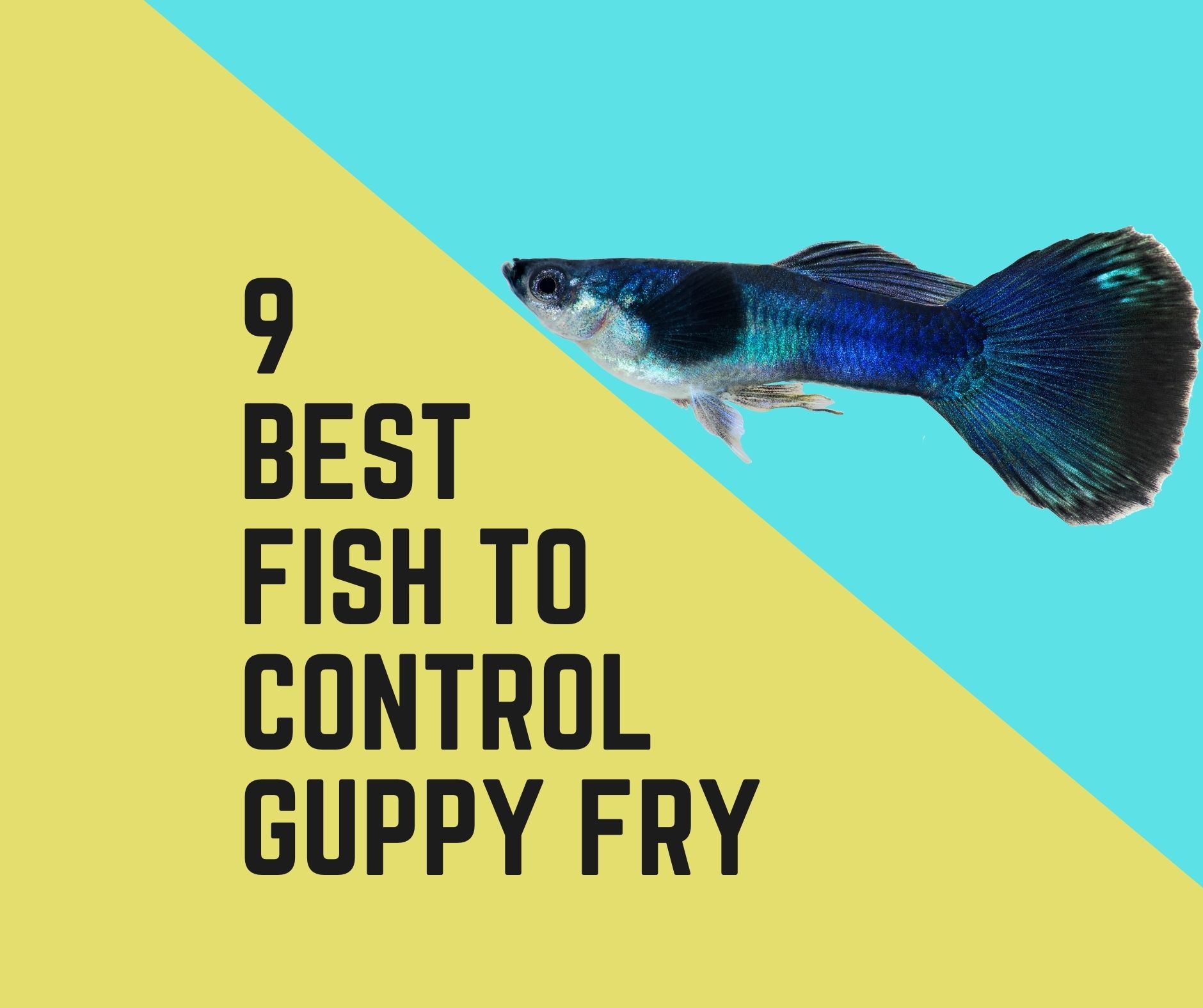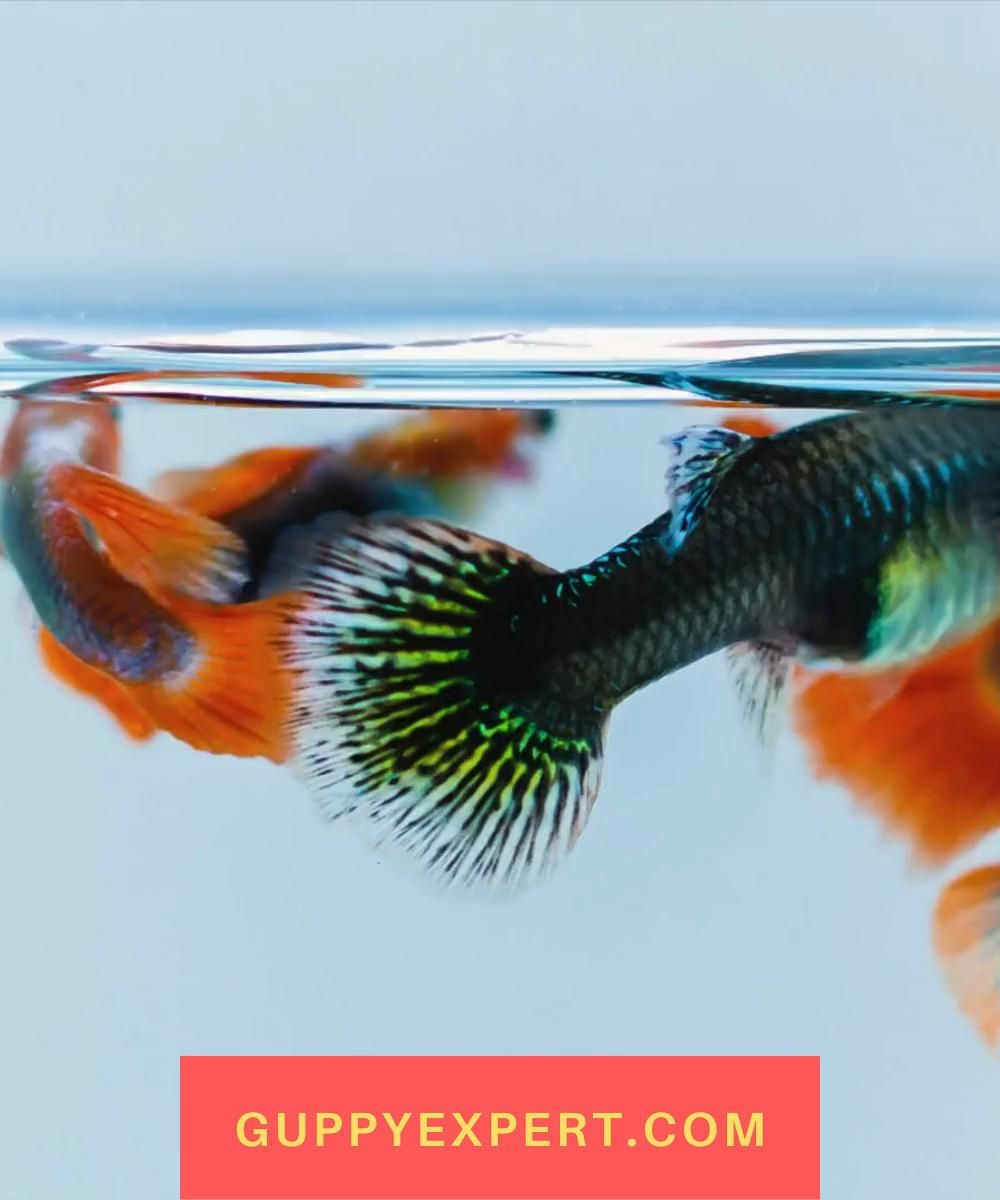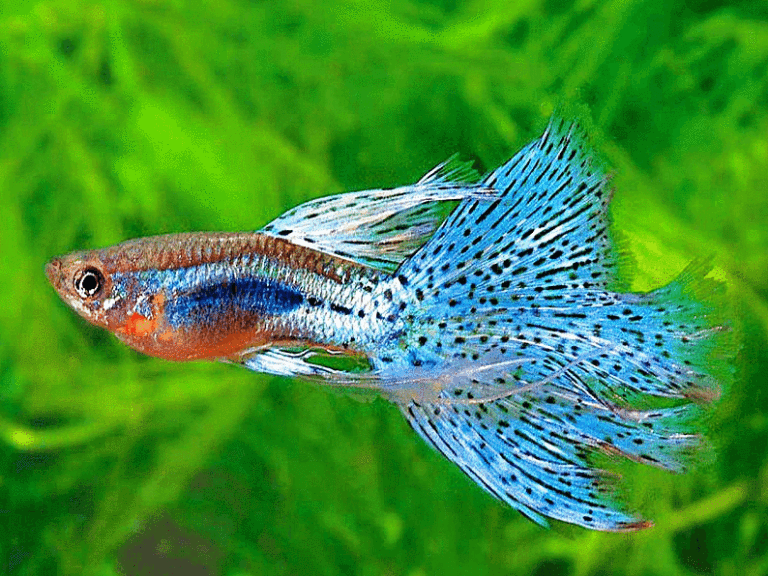Giant Danger Guppy Common Name

Introduction to the Giant Danger Guppy

The Giant Danger Guppy, commonly known as the Giant Guppy or Poecilia reticulata, is a popular freshwater aquarium fish. It belongs to the family Poeciliidae and is native to South America, specifically in the Amazon and Orinoco river basins. The Giant Danger Guppy is a variant of the common guppy, known for its vibrant colors and large size. In this article, we will delve into the world of Giant Danger Guppies, exploring their characteristics, care requirements, and interesting facts.
Physical Characteristics

Giant Danger Guppies are characterized by their large size, with males reaching up to 1.5 inches in length and females up to 2.5 inches. They have a slender, elongated body shape, with a rounded tail and long, flowing fins. The males are particularly notable for their vibrant coloration, which can include shades of blue, green, yellow, and red. The females, on the other hand, are generally less colorful, with a more subdued brown or grey hue.
Care and Maintenance

To keep Giant Danger Guppies healthy and thriving, it is essential to provide them with a suitable environment. Here are some key care requirements: * Water temperature: 72-82°F (22-28°C) * Water pH: 6.8-8.5 * Water hardness: 5-20 dGH * Tank size: Minimum 10 gallons * Diet: Omnivorous, feeding on commercial flakes, pellets, and live or frozen foods
It is also important to maintain good water quality, with regular water changes and a balanced biological load. Giant Danger Guppies are peaceful and can be kept in community tanks with other non-aggressive species.
Breeding and Reproduction

Giant Danger Guppies are livebearers, which means they give birth to live young rather than laying eggs. The females can store sperm from males for several months, allowing them to fertilize their eggs at a later time. Breeding Giant Danger Guppies can be a rewarding experience, but it requires careful planning and attention to detail. Here are some tips for breeding Giant Danger Guppies: * Sex ratio: 1 male to 3-4 females * Breeding tank: Separate tank with plenty of hiding places and plants * Water conditions: Stable water parameters, with regular water changes
💡 Note: Giant Danger Guppies can breed prolifically, so it is essential to have a plan in place for the care and disposal of the fry (baby fish).
Interesting Facts

Here are some interesting facts about Giant Danger Guppies: * Long lifespan: Giant Danger Guppies can live up to 3-5 years in captivity, which is relatively long for a small fish. * Intelligence: Giant Danger Guppies are considered to be intelligent fish, capable of recognizing their owners and responding to stimuli. * Social behavior: Giant Danger Guppies are social fish and thrive in the company of others. They can be kept in small schools, but it is essential to provide plenty of hiding places and visual barriers to reduce aggression.
Common Health Issues

Like all fish, Giant Danger Guppies are susceptible to certain health issues. Here are some common problems to watch out for: * Fin rot: A bacterial infection that causes fin deterioration and discoloration. * Ich: A parasitic infection that causes white spots on the skin and fins. * Swim bladder disease: A condition that affects the fish’s ability to swim and maintain its balance.
| Disease | Symptoms | Treatment |
|---|---|---|
| Fin rot | Fin deterioration, discoloration | Antibiotics, improved water quality |
| Ich | White spots on skin and fins | Medicated treatments, increased water temperature |
| Swim bladder disease | Difficulty swimming, loss of balance | Improved water quality, dietary changes |

In summary, Giant Danger Guppies are a popular and rewarding fish to keep in captivity. With their vibrant colors, peaceful nature, and relatively low maintenance care requirements, they make an excellent choice for both beginner and experienced aquarists. By providing a suitable environment, careful attention to breeding and reproduction, and monitoring for common health issues, you can enjoy the beauty and fascination of these remarkable fish.
What is the ideal water temperature for Giant Danger Guppies?
+
The ideal water temperature for Giant Danger Guppies is between 72-82°F (22-28°C).
How often should I feed my Giant Danger Guppies?
+
Giant Danger Guppies should be fed 2-3 times a day, only as much as they can consume within a few minutes.
Can I keep Giant Danger Guppies with other fish?
+
Yes, Giant Danger Guppies can be kept with other peaceful fish, such as neon tetras, harlequin rasboras, and corydoras catfish.



